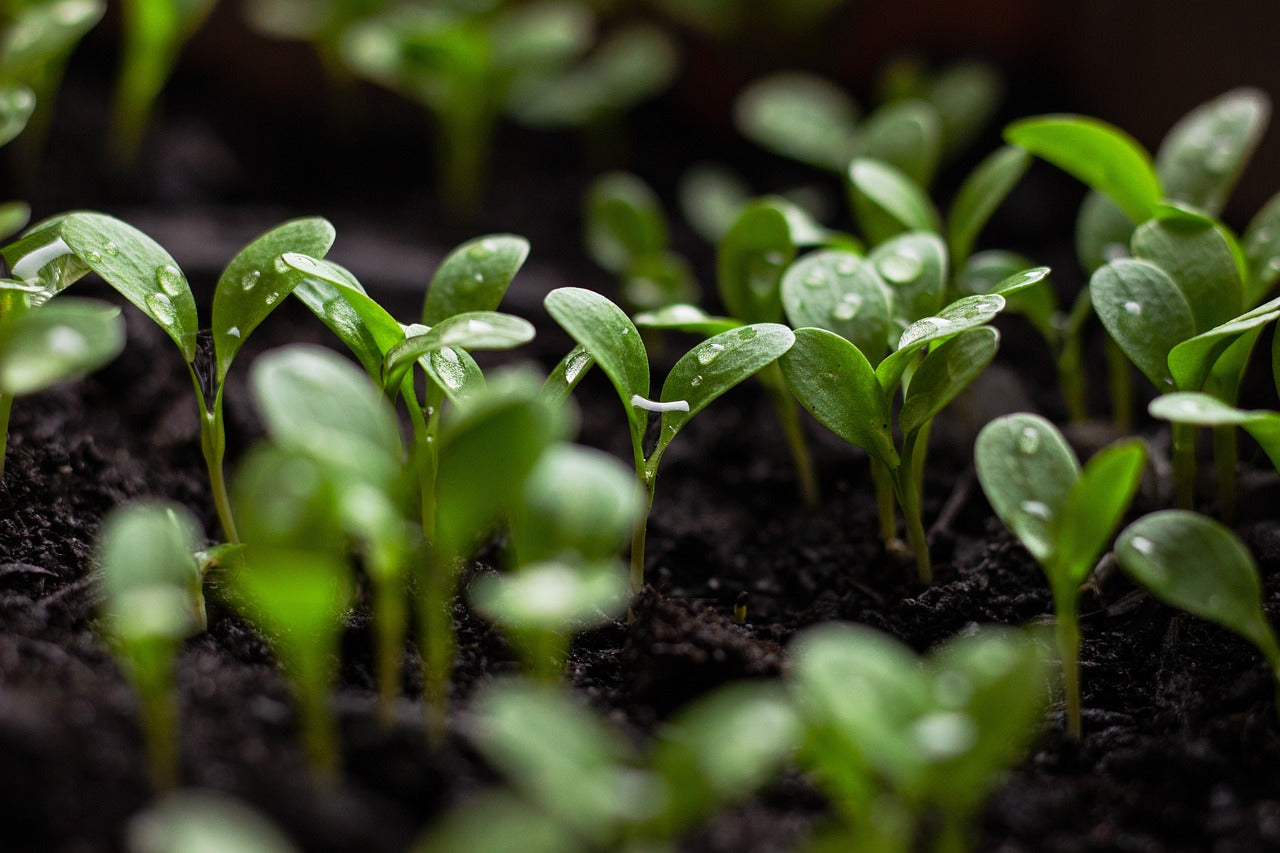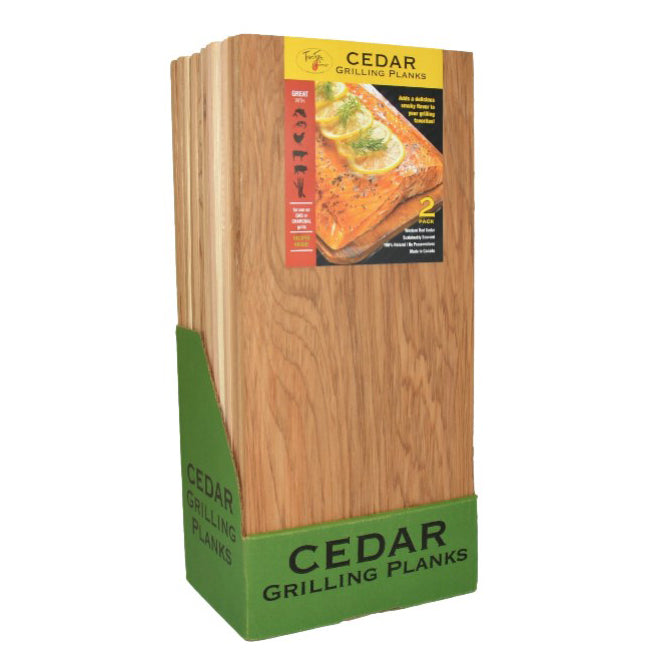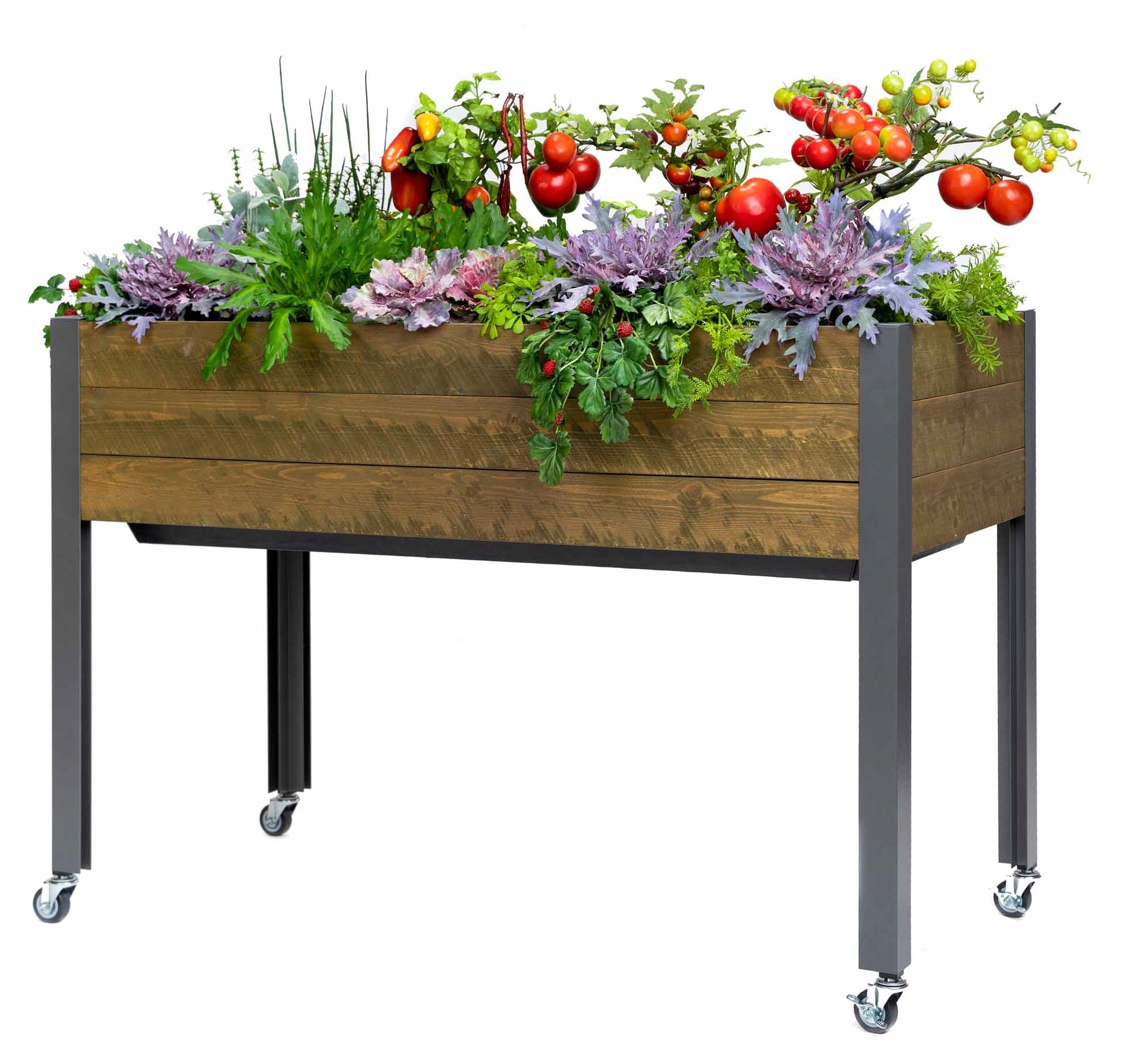It is devastating to put all the work and care into tending a plant only to discover that some other bacteria or disease has also been giving it a lot of attention. Thankfully, with a little bit of investigation, the cause of your plants' distress can usually be determined and fixed.
Wilted or Dead Seedlings
The culprit here is insidious and cruel. Cutworms like young seedlings and as the name suggests, they cut them at ground level, often girdling or killing the plant. They prefer tomatoes, kale, cabbage, and broccoli but aren't really that picky and will go after any seedling. The larval caterpillars who do the damage come in a variety of colors and grow up to 2” long.
Placing a cardboard collar around young seedlings is a great way to prevent access to the cutworms. Beneficial nematodes applied to the soil do a lot to control any cutworm population.
Wilted Leaves
The most common causes are diseases like Fusarium and Verticillium fungi. These two will enter the plant through its' roots and then cut off the water supply to the leaves, which then causes wilt.
The best way to handle any disease in the garden is to remove infected plants and destroy them so the disease can't spread. There are also vegetable varieties that have been developed as resistant to these diseases. A fungicide can also help to prevent the disease from spreading.
Rapidly wilting plants are likely the result of squash vine borers. These large wasp-like looking moths drill holes in plant stems and have a feast. They like melons, pumpkins, and all kinds of squash. To verify this is the pest causing problems in your garden, look for a hole in the stem near the ground.
Squash vine borers can be carefully cut out of the stem to save the plant if it is discovered before the plant dies. An insecticidal soap applied at the stem base helps kill any larvae.
Yellow Leaves
Leaves can turn yellow for a variety of reasons. The main one is usually over-watering, which can happen is holding water and not draining properly. Adding sand to the soil and not watering as deeply will help.
Another cause is the much-despised squash beetle, which loves to suck on cucumber, squash, melon, and zucchini leaves until they turn yellow and die. As with most pests, if you see one, you for sure have an infestation on your hands.
Squash beetles are hard to control. As adults, they can be hand-picked off the leaves and killed. Larvae, orange spots found on the undersides of leaves, can be treated with insecticidal soap or neem.
Yet another cause of yellow, as well as wilted, leaves are whiteflies. Evidence of a whitefly infestation is a sticky residue on the leaves, which is the excrement of these little moth-like white flies. They prefer tomatoes, peppers, sweet potatoes, and citrus trees. Sticky yellow insect traps will catch the adults and stop them from reproducing.
Stunted Growth
There is a prolific group of pests called aphids that love to suck all the juice out of plants, favoring the youngest plants most. They form large groups and gather on the undersides of leaves. They especially like cabbage, kale, tomatoes, and lettuce. The result of their feedings is deformed, distorted, and stunted plant growth. Aphids are tiny pear-shaped creatures and can be hard to see but you will not miss their calling cards.
Aphids can be removed by spraying water on them to knock them off the plants or with insecticidal soap or oil. To prevent aphids from appearing again, plant to attract beneficial insects that will eat them.
Defoliation
Don't mistake the culprit here for a ladybug. The Colorado Beetle, ladybug shaped with black and tan stripes, will eat your entire plant if left to it. They like tomatoes, potatoes, eggplants, peppers, and tomatillos and if you see even one, take action because you for sure have an infestation.
These beetles can be hand-picked off plants. Neem-based insecticides work really well against them too. Be sure to clean up your garden and rotate your crops each year because these guys love to overwinter in garden debris so they can be ready to attack again in the Spring.
If you see damage on any type of bean plant, the pest at work here is the Mexican Bean Beetle. The adult beetles are copper colored with black spots and look similar to a ladybug. The larvae are yellow with soft bristles sticking out. They multiply quickly and will destroy a row of beans in no time at all. When they get tired of eating the leaves, they will start eating the beans too.
Planting flowering herbs, like summer savory, will attract a wasp that loves feeding on the Mexican bean beetle larvae. Hot pepper wax insect repellent works well to repel these pests.
Holey Leaves
If you see small ragged looking holes, possibly in combination with wilted leaves and stem, then you have some cucumber beetles in your garden. These pests are bright yellow and can have either black spots or stripes. They love cucumbers, melons, pumpkins, and squash. Cucumber beetles eat the leaves, making holes, and then transmit bacterial wilt as they eat, so you end up with two problems with this one.
The best defense against these beetles is to cover your plants with a row cover until they flower and then using an organic pesticide if they are causing trouble. The only combat against bacterial wilt is to choose plant species that are resistant.
Tiny little holes all over the leaves are evidence of flea beetles. These are tiny black or brown flea-sized pests that move quickly and enjoy corn, potatoes, tomatoes, radishes, and eggplant. They lay their eggs in the ground and the larvae will eat plant roots too.
Yellow sticky traps work really well in controlling these beetles. Neem and garlic oil can be applied to the leaves to keep these guys away, as well.
Two more pests that love eating leaves and leaving holes are snails and slugs. An infestation of either of these can be hard to control since they are hard to see. They only feed at night and will invade in droves. They prefer wet leaves so it is best to water the garden in the morning so the leaves have time to dry before the slugs come out at night. Slugs and snails will eat any plant but have a preference for seedlings. They start eating holes in the leaves and will consume the entire plant if left unchecked.
Keeping slugs and snails out of the garden can be difficult once they've discovered the feast. Frogs, toads, snakes, and birds all eat slugs and snails so they should be encouraged to hang out in the garden. Slug bait is often the only way to keep them under control once they begin, however. Make sure the active ingredient is iron phosphate as that is the only slug bait that is non-toxic to birds and the other animals that eat slugs and snails.
White Powder on Leaves
Powdery mildew is a fungal disease that leaves a white to gray powder over the foliage. If left untreated, leaves will turn brown and drop off. This disease likes beans, squash, zucchini, cucumbers, tomatoes, and pumpkins.
To prevent the disease from occurring, ensure there is good air circulation between plants and water plants in the morning so they have time to dry during the day. Remove any infected foliage immediately to prevent it from spreading. The best defense is to choose plant varieties that are resistant.
Dark Spots On Leaves
Small, dark, spots on the leaves are usually a sign of bacterial leaf spot. The spots start out wet and then, when they dry, leave small black rimmed holes. Bacterial leaf spot attacks all plants but particularly at risk are fruit trees, strawberry plants, all members of the brassica family, tomatoes, and peppers. It can leave black spots on the fruit too, not just the foliage.
This disease usually gets into vegetable gardens through infected seedlings and transplants. Make sure you are buying any starts from a reputable place to avoid this from happening. There is no cure for this disease but it can be prevented from spreading. It overwinters in the soil so make sure to clean up the garden and around trees so it doesn't have good places to hide. For fruit trees, choose a variety that is resistant to bacterial leaf spot.
As you can see, most of these issues are entirely treatable and even remedied. The key is to catch it early and deal with it quickly because left alone, it will only get worse. Take the time to correctly identify the problem and deal with it and your garden will remain healthy, happy, and productive.









